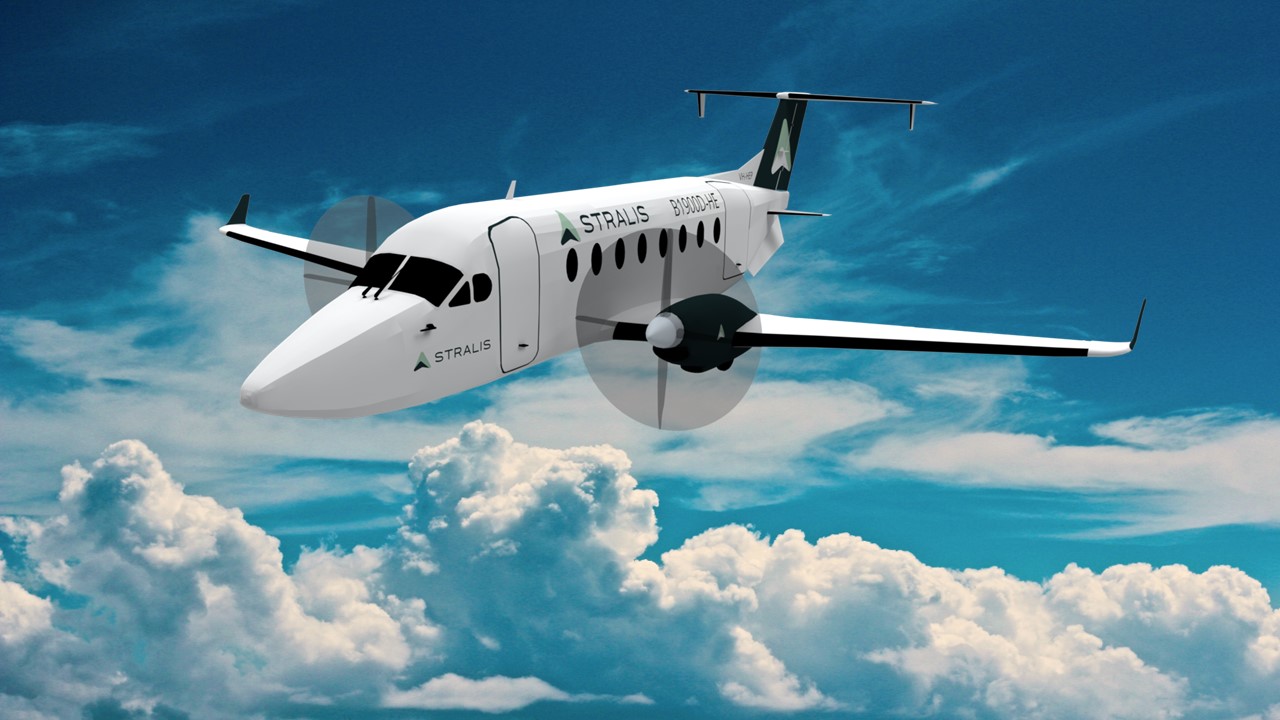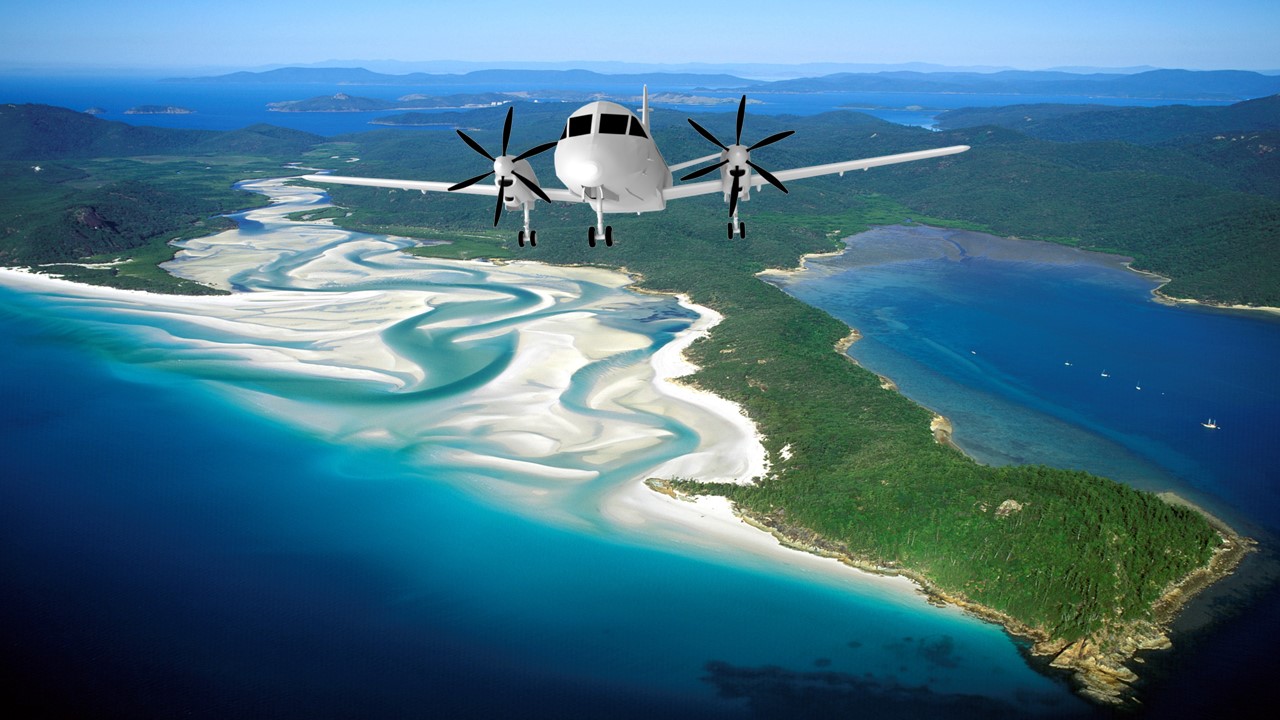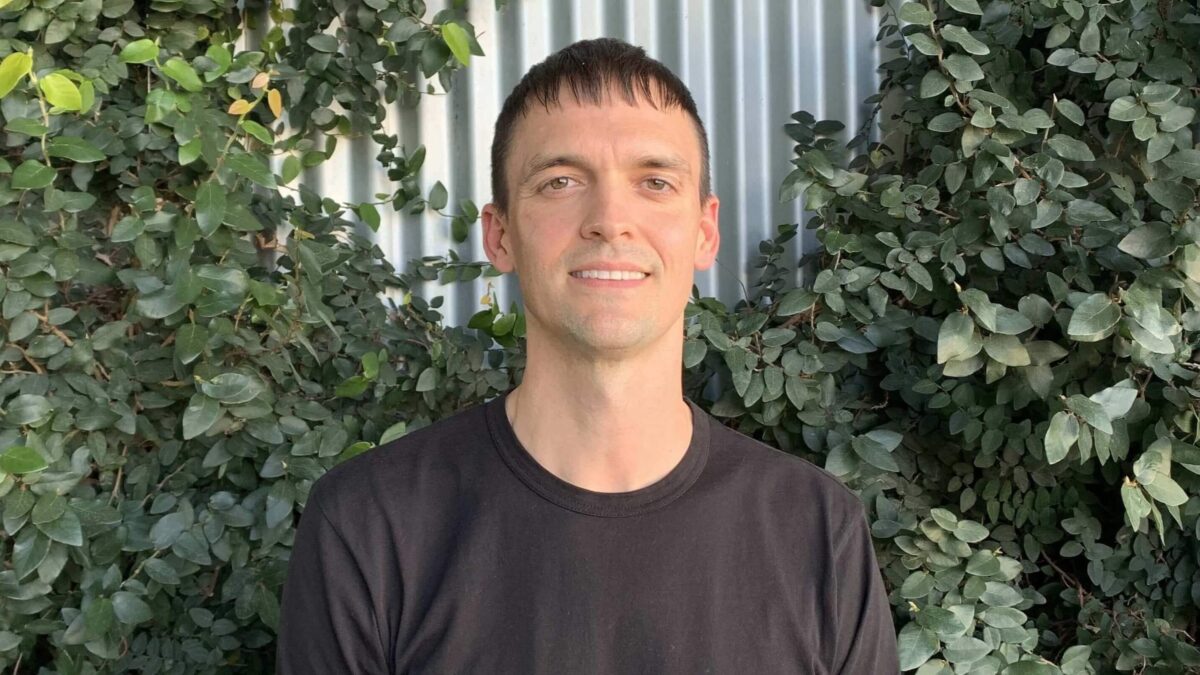Australia’s Stralis Aircraft Using Retrofit Program To Aid Clean-Sheet Aircraft Design
Edited with amendments to titles at previous companies in the third paragraph.
Brisbane-based Stralis Aircraft aims to develop an all-new aircraft, powered by hydrogen fuel-cell, but is first developing a re-reengining program for the Beechcraft 1900D that replaces the aircraft’s turboprop engines with electric motors.
Stralis CEO, Bob Criner, tells Smart Aviation Asia Pacific the success of the Beechcraft 1900D retrofit program will provide key lessons and help to fund a clean-sheet design aircraft powered by hydrogen fuel-cell.
Criner previously worked as an electric propulsion system engineer for Ampaire, a hybrid-electric aircraft developer in the US, and prior to that he worked as the head of aircraft integration for MagniX, the Australian aviation electric motor manufacturer that later moved to the US.
Stralis’ co-founder, Stuart Johnstone, also previously worked for Ampaire and prior to that MagniX.
Beechcraft 1900D-HE
Criner says they chose the 1900D for the first project, because it is a pressurized aircraft that remains commercially viable.

Source: Stralis Aircraft
Criner, who is 1.95m tall, also decided on the 1900D, over the Fairchild Swearingen Metroliner, because he can stand up in the 1900D.
But he also says they may retrofit some Fairchild Swearingen Metroliners after the 1900D as some customers have expressed an interest.
He says Stralis considered the nine-seat Cessna Caravan, but opted for the 19-seat 1900D because it is a larger aircraft that will have more impact on reducing carbon emissions.
The 19-seater is a ‘sweet spot’ – big enough to be relevant but small enough to not cost too much to retrofit and achieve a supplemental type certificate, he says.
Criner says they plan to install a hydrogen storage tank forward of the 1900D’s rear bulkhead, reducing cabin seating to 15 from 19. The clean-sheet design aircraft that comes later, will have approximately 45 passenger seats, because it will have a longer fuselage, he says.
The hydrogen-electric 1900D will be able to fly 431nm with a 45-minute reserve required for instrument flight rules, which equates to 170kg of hydrogen, says Criner.
The aircraft will stay within the same weight and balance envelope of the original aircraft, he adds.
The electric motor will be 955 kW, matching the Pratt & Whitney Canada PT6A-67D’s power on the conventional 1900D, he says. The electric motor will use the Hartzell propellor already certified for the 1900D, he adds.
Criner says Stralis has yet to purchase a 1900D, arguing it is not the best use of money, as Stralis is still in the design phase. He says Stralis has identified some aircraft in Canada and South Africa for the eventual purchase in early 2024.
Stralis’ first spin of a propellor on its system will be in mid-2024, with the first flight planned for six months later, with a year and a half of certification testing that includes ground and flight tests before commercial services in mid-2026, he says.
Criner says Stralis has verbal agreements with various companies for about 20 aircraft in total.
It announced recently it is partnering with Australian regional carrier with Skytrans to develop and test the aircraft. Skytrans has signed a letter of intent for three aircraft with an option for two more, says Criner.
There are 350-400 1900Ds operating in the world, says Criner, adding that Stralis plans to retrofit 125. The program’s breakeven is 43 aircraft, with any orders beyond that making the program profitable, and creating revenue to invest in the clean-sheet design aircraft, the SA-1, he says.
SA-1 and SA-2 Clean Sheet Designs
Stralis has two clean-sheet designs, the 45-seat SA-1 and 90-seat SA-2. The retrofit program will allow Stralis to gain experience in aircraft certification.
Criner says talking to customers interested in the 1900D retrofit provides insights that help in the development of SA-1.

An early rendering of Stralis Aircraft SA-1 (Source: Stralis Aircraft)
Stralis is also speaking to operators about the pros and cons of the De Havilland Aircraft of Canada Dash 8 and ATR 42 when designing SA-1, he adds.
He says his experience at previous companies taught him better to keep to more traditional airframe designs for the clean-sheet aircraft.
The SA-1 program will start in 2024 when Stralis has sold sufficient retrofitted B1900Ds, says Criner. The introduction of more cost effective 19-seaters will result in more people flying out of smaller airports, opening up new travel markets, he adds.
Experience working for Ampaire and MagniX – as well as consulting to Swedish electric aircraft developer Heart Aerospace – gave him the confidence to work on his own cutting edge hydrogen electric aircraft in Australia, he says, adding that he is passionate about helping to make Australia a major aerospace player.
Criner says there is a diaspora of talented Australian engineers working around the world and if there was a great Australian aerospace company, many would return to Australia.
Featured picture of Stralis Aircraft CEO, Bob Criner
Related Stories:
Australia’s Skytrans Partners Stralis Aircraft To Develop Hydrogen Electric Propulsion Aircraft (27 July 2022)
Australia’s Skytrans Working With University And Flying School To Train Pilots (25 November 2021)
Australia’s Skytrans Aims To Expand Fleet (17 September 2021)
Australia’s Skytrans Launches Two New Routes In Queensland (10 August 2021)

